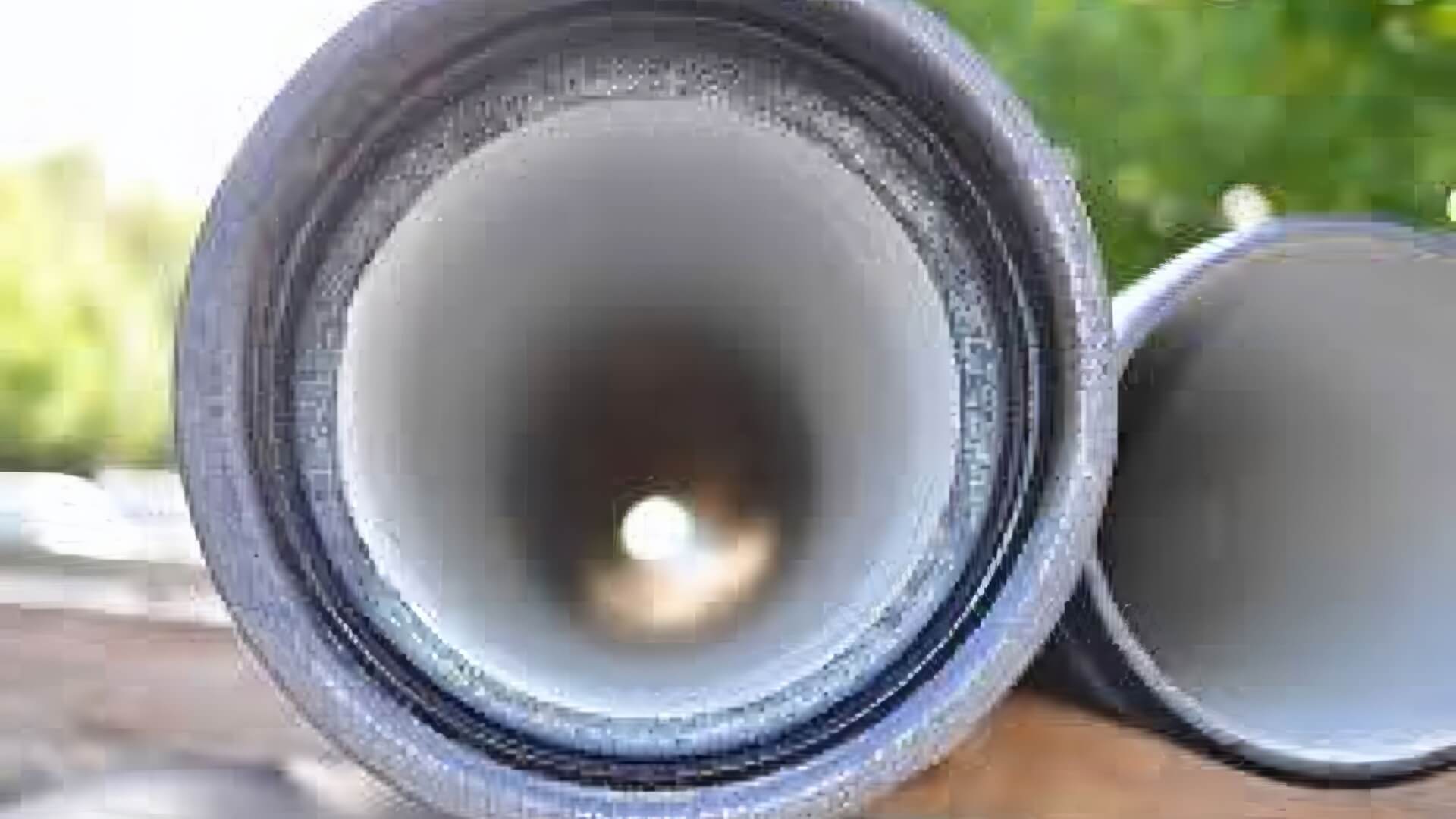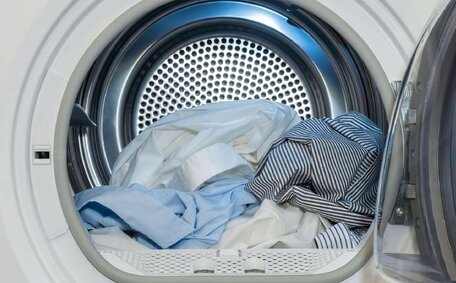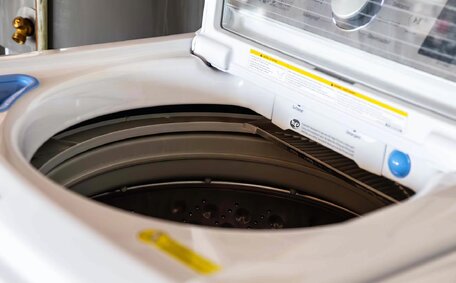Introduction to Burst Pipes: What They Are and Why They Matter
A burst water pipe can rapidly flood rooms and cause significant water damage. So what triggers such high pipe repair costs when a water pipe fails? And why is it such a critical plumbing problem to address swiftly?
In essence, a burst pipe, which can lead to substantial cost burst, occurs when too much pressure builds up inside the pipe, eventually causing it to rupture. A sudden surge in water pressure can force a weak spot in the pipe to rapidly rupture. Uncontrolled water spewing from a break could result in a burst.
Burst pipes can happen for a variety of reasons - freezing temperatures, corrosion, improper installation, ground shifts, water pressure changes and more.
The result is invariably extensive home damage and water supply disruption when pipes burst. Flooded carpets, walls, furniture and belongings can swiftly escalate the cost fix burst, leading to mould issues. Furthermore, a leaking pipe significantly inconveniences household water use.
That’s why it’s so vital to understand what causes burst pipes, how to prevent them and what steps to take if you do experience a pipe bursting. Quick repair and early detection of a burst are key to reducing damage and restoring water flow.
Average Costs To Repair a Burst Pipe
The cost to fix a burst pipe can vary widely depending on the property type, pipe location, and extent of damage. For a standard urban home, you could incur pipe repair expenses ranging from $150 to $1000.
On the lower end of the spectrum, around $150 to $300, Minor leaks may be resolved with a clamp, a patch, or by replacing a pipe section. More comprehensive repair burst efforts, ranging from $300 to $1000, are necessary for extensive pipe failure, waterlogging under floors, or when pipes are difficult to access.
Several factors can influence the repair costs for a burst pipe:
- Type of property - repairs in apartments or multi-storey buildings cost more.
- Location and accessibility of the pipe - harder to reach pipes hike up labour time and costs.
- Extent of water damage - flooding originating from the burst pipe can significantly add to repair bills.
- Plumbing material used - corroded galvanised piping is typically more prone to bursting.
- Amount of pipe replacement needed - more new piping equals higher material costs.
While a burst pipe can undoubtedly cause expensive property damage, identifying and addressing the problem early is key to minimising cost repair burst pipe. Catching a pipe leak before it escalates into a full pipe burst can potentially slice repair bills in half.
Factors That Influence the Repair Costs
When it comes to repairing a broken water main, the final cost can vary substantially depending on several key factors:
Location and Accessibility
The location and accessibility of a burst pipe, particularly if it’s under the floor, significantly affect the cost of plumbing repairs. Pipes behind walls or under floors that are hard to reach require more labour time and destructive repairs to get to the leak.
Pipe Material
Materials like galvanised steel are more prone to bursting and require full replacement due to their susceptibility to corrosion. Conversely, small sections of copper pipes might only require a clamp. The pipe material influences how much does replacing cost.
Water Damage Extent
Extensive flooding from a burst pipe can incur added costs for water removal and drying. Mould remediation may also be necessary if left untreated.
Plumber Fees
Emergency plumber services, often requiring immediate water shut-off, generally charge higher rates than scheduled visits. Complexity of repairs also leads to higher labour costs. Ask for quotes from several licenced plumbers before committing.
Additional Services
Extra services like water extraction and mould remediation can also add significantly to repair costs. Factor these in when budgeting.
In summary, while average repair costs range $150-$1000, your particular situation could see bills exceed $1500+ when multiple cost-influencing factors come into play. Respond quickly to leaks and seek professional help to minimise financial impacts.
Pipe Location and Accessibility
Where a burst pipe occur within a property plays a pivotal role in determining repair complexity and costs. Pipes concealed inside walls or beneath floors present more challenging access issues versus easily reachable pipes along ceilings or in basements.
Accessing pipes hidden behind walls or under floorboards typically requires destructive repair methods. Plumbers might have to breach wall linings or flooring, or even excavate, to access pipes. This hikes up costs due to added materials, longer work hours and potential finishes restoration expenses.
Hard-to-detect leaks, such as those in sewer lines, can go unnoticed for extended periods, leading to higher repair costs upon discovery. This allows more severe water saturation and damage to escalate unseen within cavities or below floor joists over time.
In summary, concealed pipe leaks prove more problematic to diagnose, repair and restore versus quickly identifiable and reachable pipe bursts. Expect higher repair costs for pipes that burst in hard-to-reach places.
Extent of Damage and Repairs Needed
The extent of damage can manifest significantly in repair costs subsequent to a burst pipe incident. A small crack or pinhole leak may only require patching or clamping to stop the flow and minimise water damage. But a full-blown burst pipe repair can lead to saturated walls, flooded rooms, waterlogged subfloors and pervasive mould issues if left unchecked.
For minor leaks, plumbers can patch the affected area or replace short sections of copper pipe at a relatively low cost. But for severe bursting incidents, full-scale pipe replacement across larger areas may be needed, along with widescale drying out of water-damaged structures.
Long term repairs like mould remediation, drywall replacement, flooring restoration and repainting may eventually be necessitated if water damage is too severe. Ignoring moisture issues can result in increasing long-term costs due to mould and dampness.
In summary, a small, quickly addressed pipe crack might cost a few hundred dollars to remedy. However, comprehensive burst pipe damage encompassing multiple rooms or an entire property can surge costs to several thousand dollars after structural repairs and restorations.
Type of Pipes and Materials
The type of piping material used in a property also affects potential repair costs when bursts occur. The three main types of pipes found in homes are:
- Copper pipes - Durable and corrosion-resistant but expensive if large sections require replacement.
- PVC/plastic pipes - Cheaper and easy to install but more prone to cracks over time.
- Galvanised steel pipes - Susceptible to corrosion and bursting so full replacements are often needed.
Copper piping provides one of the most durable and longest-lasting options with innate corrosion resistance. However, copper material prices are higher, and extensive repairs require soldering skills.
Though metal and PVC pipes are more DIY-friendly, they can crack and may need repair with clamps or patches. Whole house re-piping with PVC may be a cost-effective maintenance option.
Older homes often used galvanised steel, which is prone to corrosion and bursting. Patch repairs on galvanised pipes often fail, usually leading to the need for a full replacement.
In summary, Although installation costs vary, the durability and lifespan of piping materials ultimately influence long-term expenses. Weaker, lower grade pipes ultimately cost more via continual repairs.
Common Causes of Burst Pipes and Prevention Tips
Homeowners can expect several problems that can result in burst pipes, with the most common culprits being:
- Freezing temperatures - In cold climates, water inside pipes expands as it turns to ice, eventually rupturing the pipe walls. Insulate and heat trace pipes in vulnerable areas.
- Corrosion - Corroding galvanised steel pipes develop weaknesses and tiny holes that blow open under pressure. Replace old steel pipes over time.
- Ground shifts - Drought conditions lead to soil contraction which twists and strains pipes. Maintain soil moisture levels around pipe routes.
- High water pressure - Excess building water pressure stresses pipe joints. Install pressure relief valves and water hammer arrestors.
- Tree roots - Invasive roots infiltrate and obstruct pipes, leading to blockages and bursts. Cut back problem trees and roots professionally.
Preventive measures like monitoring water pressure and insulating pipes can reduce the risk of bursts.
Signs of a Potential Burst Pipe and When to Call a Professional
Early attention to signs of pipe issues can minimise damage in case of a burst. Warning signs signalling elevated risk of a burst include:
- Visible water damage - Water stains on walls or ceilings, moisture under floors, or soggy spots in the yard indicate escaping water that requires urgent attention.
- Drop in water pressure - If water flow from taps or showers becomes slower, there may be a developing leak reducing pressure.
- Unusual noises - Banging or clanking sounds from pipes could signify pending failure points under stress.
- Higher utility bills - A spike in water usage on bills could suggest hidden leakage from cracks.
Upon detecting these signs, promptly contact a licenced plumber to prevent escalation. Expert attention for pipe issues quickly can avert flooding and high repair bills.
What To Do When a Pipe Bursts in Your Home
Dealing with a burst pipe flooding your home is stressful, but taking quick action can help reduce damage. Here are key steps if you experience pipe bursting:
- Switch off the water heater by locating and turning the main valve (usually near the water meter) to stop water flow and address leaks.
- Cut the main electrical supply to prevent hazards if a gas leak occurs or if water comes in contact with electrical appliances.
- Call a plumber - Contact a licenced professional plumber for emergency repairs.
- Redirect the water - Place buckets/containers around burst pipe to catch flowing water.
- Remove valuables - Urgently relocate furniture, carpets, electrical items away from leak site.
- Take photos/videos - Document damage for insurance claims.
- Dry out area - Use towels to soak up standing water if safe. Open windows and doors.
- Clean up debris - Remove soaked carpets/furnishings or debris once flooding handled.
Rapidly addressing a burst reduces flooding damage. Prompt professional help is crucial for effective repairs.
Choosing the Right Plumber for Burst Pipe Repairs
When faced with a burst pipe flooding your home, choosing the right plumber to handle repairs is critical. Choosing a qualified, licenced professional with burst pipe expertise can significantly impact repair time, effectiveness, and cost.
Verify Licencing and Insurance
Always verify plumbing contractors hold current licencing in your state as well as adequate public liability cover and workers’ compensation insurance. This protects you if further property damage or injuries occur.
Check Response Time and Availability
Choose a plumbing services provider who offers prompt emergency callouts when burst pipe flooding strikes, operating 24/7 if possible. Priority response times can significantly limit damage. Verify upfront availability for estimated arrival times.
Assess Experience with Similar Repairs
Opt for seasoned plumbers well-versed in handling a wide gamut of burst pipe repairs, from pinhole cracks to full pipe splits. Those with expertise across various property types and pipe infrastructure stand better equipped to tackle your unique issues.
Read Reviews and Recommendations
Consult past customer reviews on burst pipe service quality, responsiveness and repair charges. Local recommendations also prove useful, with well-established area plumbers like Oatlands Plumbing familiar with typical region-specific pipe challenges.
In summary, taking time to choose the most qualified plumber for your unique burst pipe scenario stabilises the situation faster, greatly reducing costly water damage and disruption.






